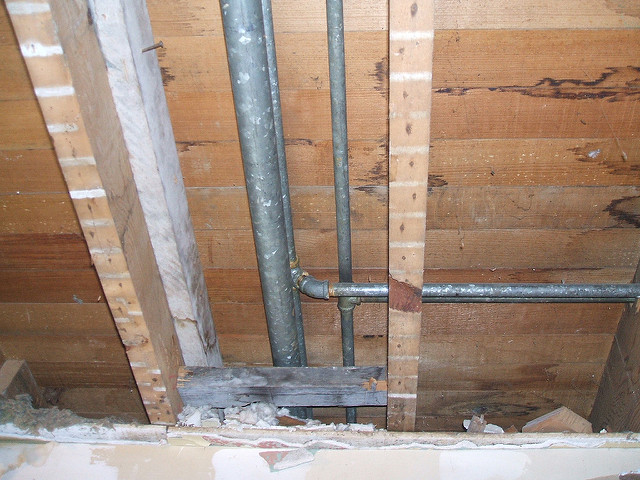6 Ways to Discover Concealed Water Leaks in Your House
6 Ways to Discover Concealed Water Leaks in Your House
Blog Article
How do you actually feel in relation to Hacks to detect leaks?

Early discovery of leaking water lines can minimize a prospective calamity. Some tiny water leaks might not be visible.
1. Analyze the Water Meter
Every residence has a water meter. Checking it is a guaranteed way that helps you uncover leakages. For starters, shut off all the water resources. Make certain no one will purge, use the faucet, shower, run the cleaning equipment or dishwasher. From there, go to the meter as well as watch if it will certainly change. Because no person is utilizing it, there should be no motions. If it relocates, that shows a fast-moving leakage. If you detect no modifications, wait a hr or 2 and check back once again. This indicates you might have a slow-moving leak that could even be below ground.
2. Examine Water Intake
If you detect abrupt modifications, in spite of your consumption being the same, it means that you have leakages in your plumbing system. A sudden spike in your bill indicates a fast-moving leakage.
A consistent boost every month, even with the same behaviors, reveals you have a slow leak that's additionally slowly escalating. Call a plumber to extensively inspect your residential property, particularly if you feel a cozy area on your floor with piping below.
3. Do a Food Coloring Examination
30% comes from bathrooms when it comes to water consumption. Examination to see if they are running correctly. Drop flecks of food color in the container as well as wait 10 minutes. If the shade somehow infiltrates your dish during that time without flushing, there's a leak in between the storage tank and dish.
4. Asses Exterior Lines
Do not forget to examine your outdoor water lines as well. Test spigots by affixing a garden tube. Ought to water seep out of the link, you have a loose rubber gasket. Replace this and also guarantee all links are tight. If you have actually got an automatic sprinkler, it will assist get it professionally analyzed and also maintained every year. One tiny leak can throw away tons of water as well as surge your water costs.
5. Assess the circumstance as well as evaluate
Homeowners ought to make it a routine to examine under the sink counters and even inside cabinets for any type of bad odor or mold and mildew development. These 2 warnings show a leak so prompt attention is needed. Doing regular inspections, even bi-annually, can save you from a major issue.
Examine for stainings and also deteriorating as many devices and also pipelines have a life expectancy. If you suspect dripping water lines in your plumbing system, do not wait for it to escalate.
Early detection of dripping water lines can reduce a potential calamity. Some small water leaks might not be visible. Checking it is a proven method that assists you discover leakages. One small leakage can lose lots of water and increase your water expense.
If you suspect dripping water lines in your plumbing system, don't wait for it to rise.
WARNING SIGNS OF WATER LEAKAGE BEHIND THE WALL
PERSISTENT MUSTY ODORS
As water slowly drips from a leaky pipe inside the wall, flooring and sheetrock stay damp and develop an odor similar to wet cardboard. It generates a musty smell that can help you find hidden leaks.
MOLD IN UNUSUAL AREAS
Mold usually grows in wet areas like kitchens, baths and laundry rooms. If you spot the stuff on walls or baseboards in other rooms of the house, it’s a good indicator of undetected water leaks.
STAINS THAT GROW
When mold thrives around a leaky pipe, it sometimes takes hold on the inside surface of the affected wall. A growing stain on otherwise clean sheetrock is often your sign of a hidden plumbing problem.
PEELING OR BUBBLING WALLPAPER / PAINT
This clue is easy to miss in rooms that don’t get much use. When you see wallpaper separating along seams or paint bubbling or flaking off the wall, blame sheetrock that stays wet because of an undetected leak.
BUCKLED CEILINGS AND STAINED FLOORS
If ceilings or floors in bathrooms, kitchens or laundry areas develop structural problems, don’t rule out constant damp inside the walls. Wet sheetrock can affect adjacent framing, flooring and ceilings.
https://www.servicemasterbyzaba.com/blog/how-to-detect-water-leakage-in-walls/

As a person who reads on Leaking water lines, I assumed sharing that portion was really helpful. Are you aware of somebody who is looking into Finding hidden leaks? Why not share it. Thank you so much for your time spent reading it.
Report this page